The park that crosses Valencia in the old riverbed of the Turia river

In this article we will tell you all about the history of the Turia river. A river that had to be diverted from the city. What is left of it today is an immense garden that stretches out for more than 10 kilometers.
One of the main attractions of Valencia city, is where the Turia river used to flow. Discover the history of the Turia river and its relationship with the city.
This Spanish river originates from the Montes Universales in the Iberian area, in the province of Teruel. Its riverbed ctudentrosses the Teruel and Cuenca province, until it finally ends in Valencia after a 280 km route. Its water is very important for rice, orange and olive cultivation. It is the historic center in the Valencian region.
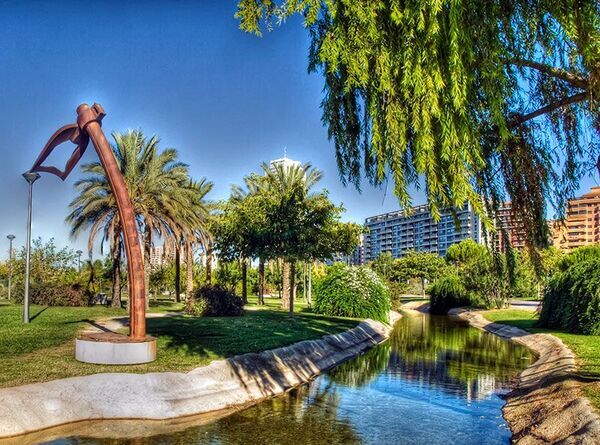
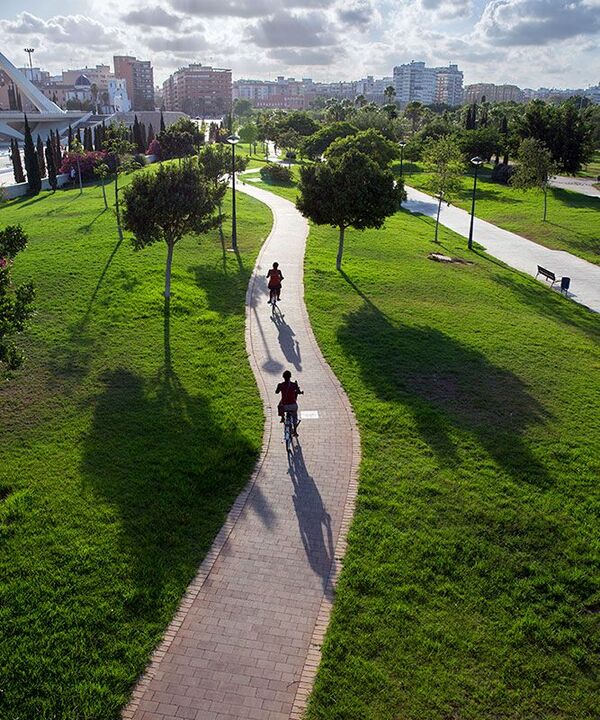
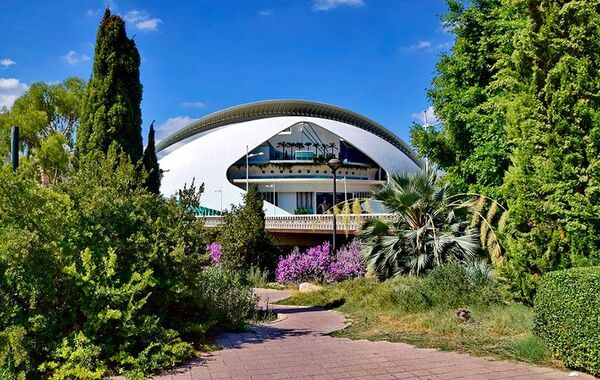
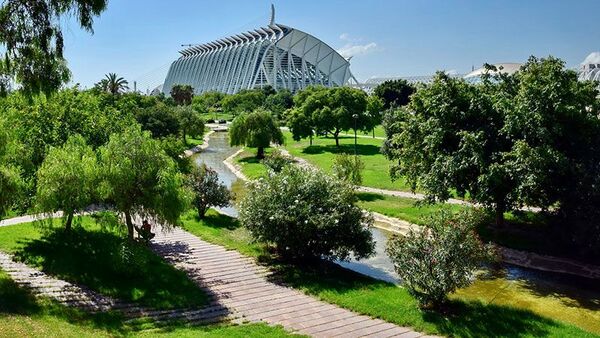
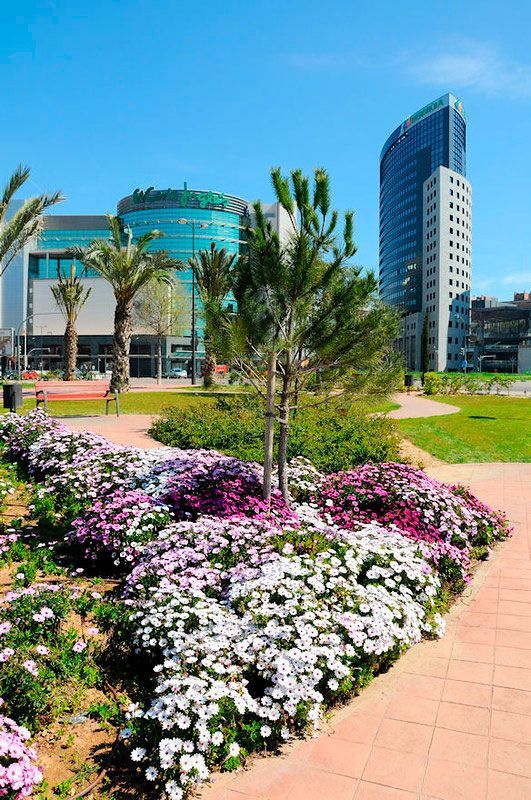





On October 14th 1957, the Turia river suffered a flood that almost completely flooded Valencia, causing great damage to the city and its inhabitants. To prevent a catastrophe like this from happening again, a project was designed that would help prevent the river from passing through the city by diverting the riverbed. The old Turia riverbed divided the western area of the city into two. This deviation has also created a complex irrigation network to cultivate the fertile plains of Valencia.
What used to be the old river, is now an enormous and delightful garden where you can practice outdoor sports, walk, play games or enjoy mother nature. The Turia garden is considered the heart of the city, it accommodates some of the most popular places the city has to offer, like the City of Arts and Sciences, the Palacio de la Música, the Gulliver Park, the Bioparc and much more. The two parts of the city that are divided by the river, are connected by the big, artistic bridges. One of the bridges, the Alameda, was designed by Santiago Calatrava.
This garden is one of the largest urban parks in Spain. It provides the city with ten kilometers of green environment with walking and running trails, leisure and sport areas and nature.
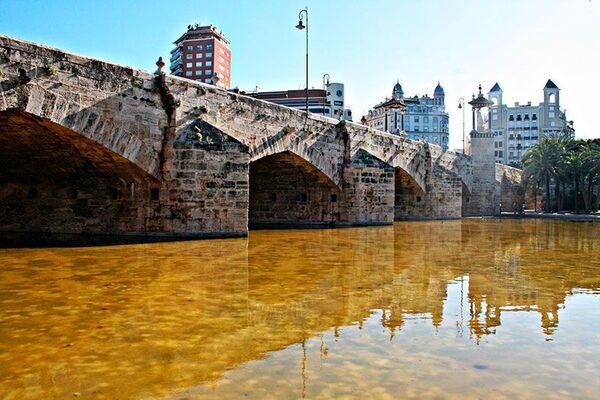
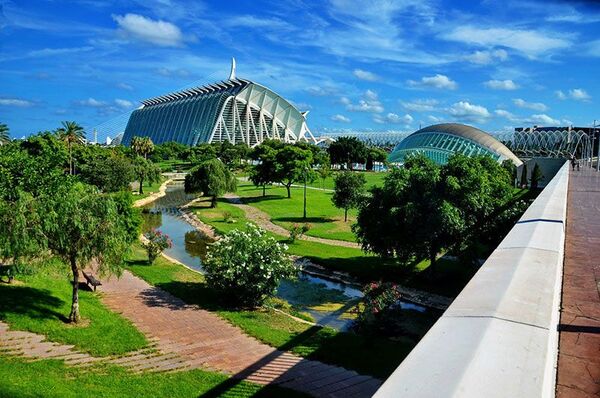
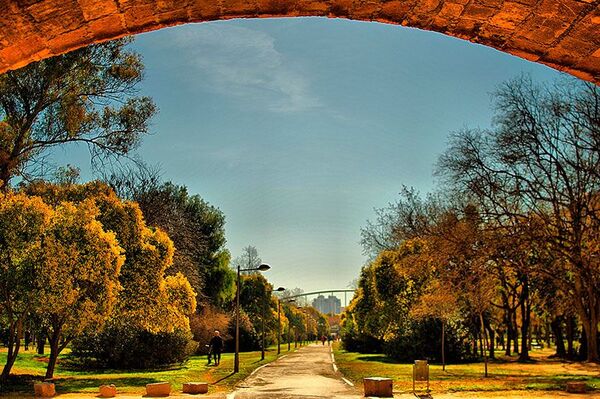
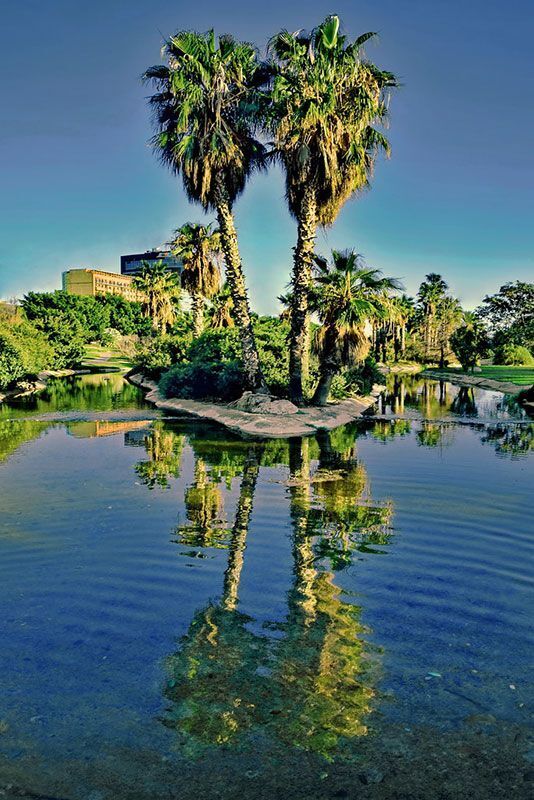
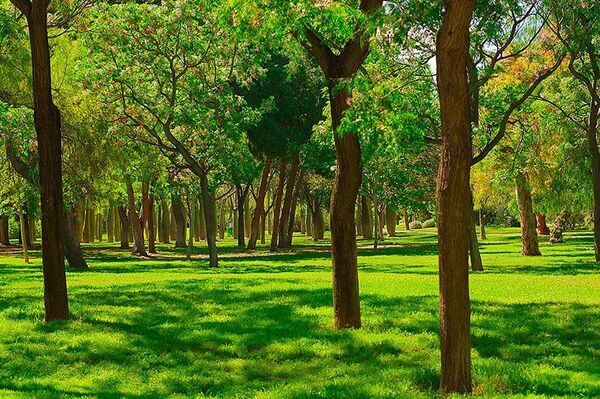





Although, when the redirecting of the Turia riverbed was first put in place it was not appreciated by all Valencians. At the time when this decision was made it could not be openly discussed as Spain was under the dictatorship of Franco. Over time, the debate reopened on whether it was the best solution to avoid new floods in Valencia and if it was only based on technical expertise. For example, one could have opted for improving the river’s historical riverbed with additional measures, without having to alter its course and its ecosystem.
But it was undoubtedly a measure that, at the time, calmed the public fear of a new catastrophe. Today we can enjoy a large environment of recreational infrastructure because of it.
This Spanish river originates from the Montes Universales in the Iberian area, in the province of Teruel. Its riverbed ctudentrosses the Teruel and Cuenca province, until it finally ends in Valencia after a 280 km route. Its water is very important for rice, orange and olive cultivation. It is the historic center in the Valencian region.










On October 14th 1957, the Turia river suffered a flood that almost completely flooded Valencia, causing great damage to the city and its inhabitants. To prevent a catastrophe like this from happening again, a project was designed that would help prevent the river from passing through the city by diverting the riverbed. The old Turia riverbed divided the western area of the city into two. This deviation has also created a complex irrigation network to cultivate the fertile plains of Valencia.
What used to be the old river, is now an enormous and delightful garden where you can practice outdoor sports, walk, play games or enjoy mother nature. The Turia garden is considered the heart of the city, it accommodates some of the most popular places the city has to offer, like the City of Arts and Sciences, the Palacio de la Música, the Gulliver Park, the Bioparc and much more. The two parts of the city that are divided by the river, are connected by the big, artistic bridges. One of the bridges, the Alameda, was designed by Santiago Calatrava.
This garden is one of the largest urban parks in Spain. It provides the city with ten kilometers of green environment with walking and running trails, leisure and sport areas and nature.










Although, when the redirecting of the Turia riverbed was first put in place it was not appreciated by all Valencians. At the time when this decision was made it could not be openly discussed as Spain was under the dictatorship of Franco. Over time, the debate reopened on whether it was the best solution to avoid new floods in Valencia and if it was only based on technical expertise. For example, one could have opted for improving the river’s historical riverbed with additional measures, without having to alter its course and its ecosystem.
But it was undoubtedly a measure that, at the time, calmed the public fear of a new catastrophe. Today we can enjoy a large environment of recreational infrastructure because of it.






